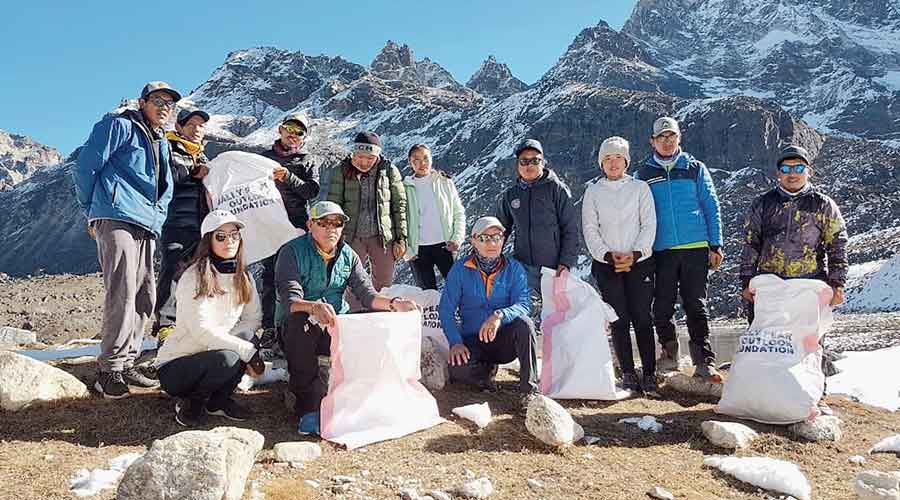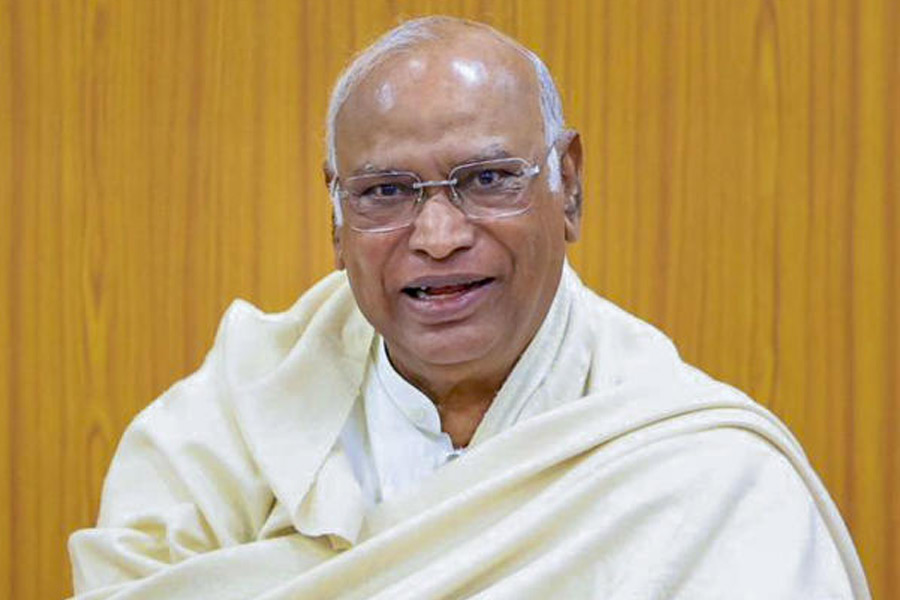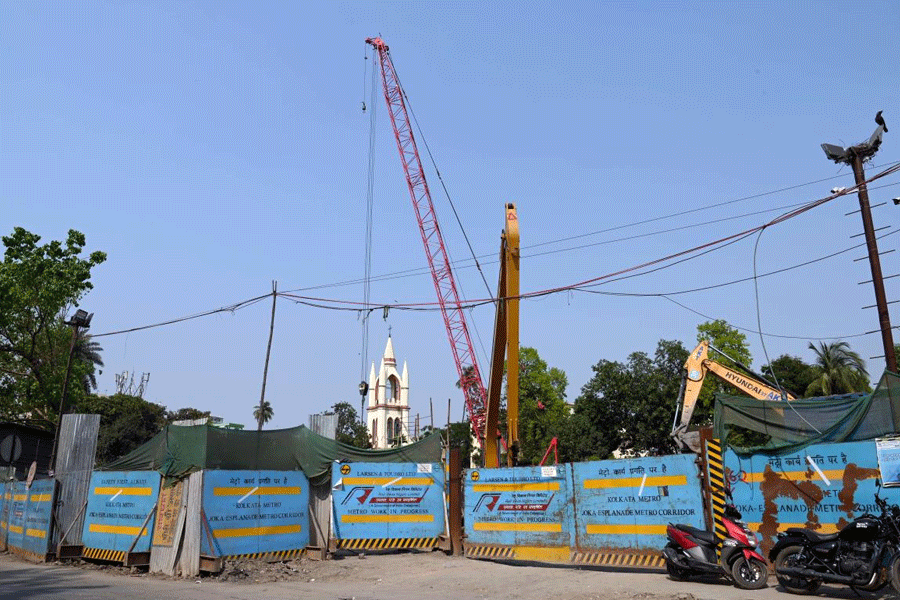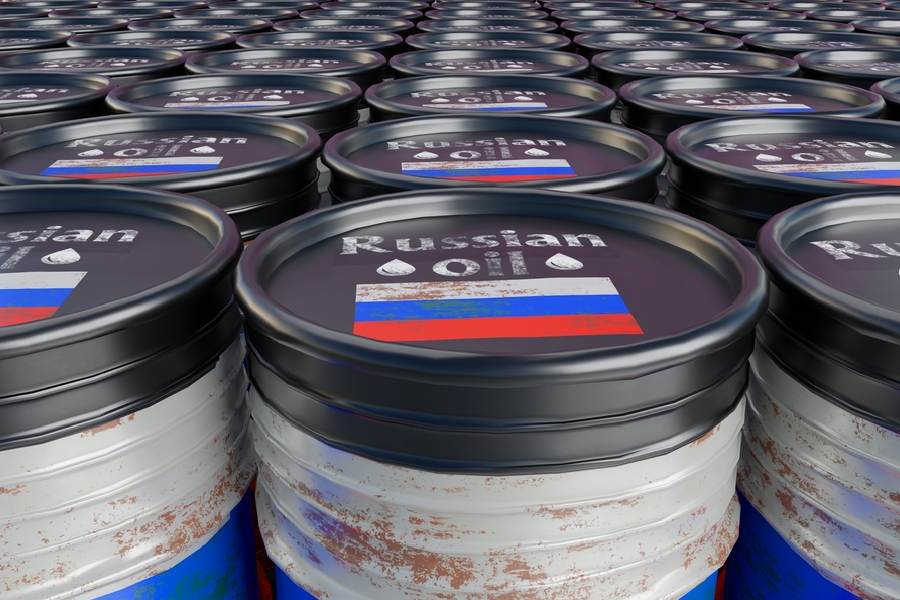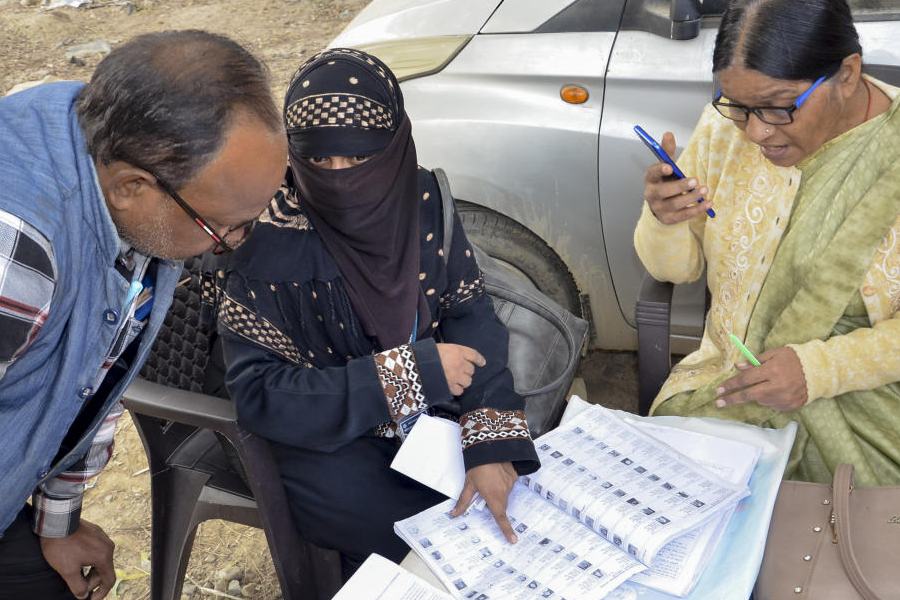Everester Jamling Tenzing Norgay and his team of 35 Sherpas cleared around 1,500 kilograms of waste from the Everest region last month, but such is the litter in the world’s highest region that they are planning to return this spring.
“We cleaned around 1,500kg of waste from the Everest region but we have decided to go back as there is still a lot to be cleaned. We could not dig out trash from under snow and we are looking at going to the region during spring when the snow melts a bit,” said Jamling.
The Everester’s team covered areas around the Renjo la Pass, Kyajo Ri mountains and Tashi Lapcha, situated around 18,000ft above, during their weeklong campaign that started on November 3.
The clean-up campaign is unique in the sense that Jamling is working with the famous Swiss company Bally that had specially designed boots made of reindeer for his father Tenzing Norgay Sherpa when he successfully climbed Mt Everest on May 29, 1953.
Sherpa, along with New Zealander Sir Edmund Hillary, were the first to scale Mount Everest, which inspired many climbers, men and women, to replicate their success.
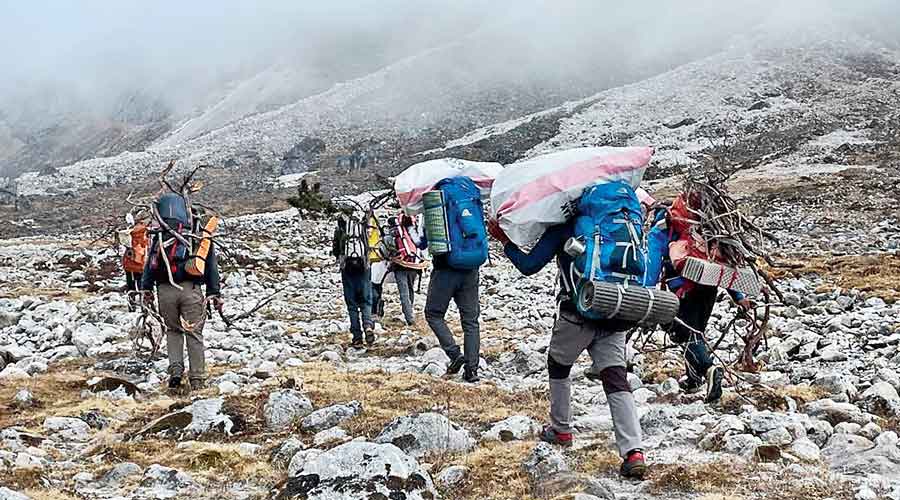
The climbers with the trash. The Telegraph
More than 5,500 mountaineers have climbed Everest in the past 68 years. In 2019, Nirmal Purja, a climber from Nepal, had taken the famous photograph of a “traffic jam” at Everest showing mountaineers standing cheek by jowl in a queue waiting for their turn to stand atop the peak. Many term Everest region as the world’s highest “junkyard”.
The refuse largely consists of food cans, bottles, plastics and remains of old tents.
“We will carry out our sp-ing expedition in collaboration with Bally, which is working on this project through its Bally Peak Outlook Foundation. In fact, we are hopeful that we can make this campaign an annual affair,” said Jamling.
The foundation initiative is part of the “8 x 8000m” pledge to clean up the base camps of eight high Himalayan mountains located 8,000m above the sea level. In 2020, climber Dawa Steven Sherpa had removed 2.2 tonnes of waste from the base camps of Everest (8,848m), Cho Oyu (8,188m), Lhotse (8,516m) and Makalu (8,485m).
“Last year, I had been only involved with the organising aspects but this time, I was involved at ground zero,” said Jamling.
This year, Jamling’s daughter, Pelzom, 23, also joined the campaign strengthening the bond between Bally and the Tenzing family.
Jamling said his father’s association with Bally started with the unsuccessful Swiss expedition of 1952. “Bally had specially designed the boots for my father for the 1952 Swiss expedition and he used the same boots in the 1953 climb. While commemorating the 60th anniversary of the first Everest climb, Bally had again come up with a wearable replica of my father’s shoes,” the Everester said.
The original pair of the boots are on display at the Himalayan Mountaineering Institute (HMI) museum in Darjeeling.
The expedition also covered Thame in Nepal, where Tenzing grew up and a native village to many other famous mountaineers like Kami Rita Sherpa and Apa Sherpa who scaled Mt Everest.
Reusable items were sent to Kathmandu to be recycled, while the rest were incinerated at Namche Bazaar (near the Everest base camp) with help from Sagarmatha Pollution Control Committee.

